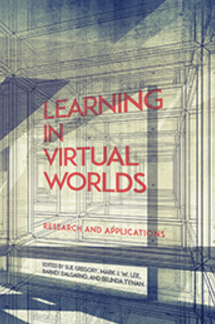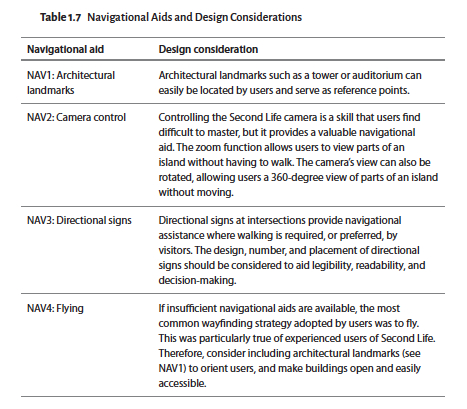The title quote is the final sentence in the Introduction to The Academic Book of the Future, a compilation of contributions with messages for academics, publishers, librarians and booksellers. It’s an outcome of the machinations of a group devoted to a “two-year AHRC[Arts & Humanities Research Council]-funded research project exploring the future of the academic book.“
 It’s a mixed bag, nowhere better illustrated than the first two chapters. Chapter 1, ‘The Academic Book as a Socially-Embedded Media Artefact’, is just as its title implies, a worthy and serious discussion of current trends and pressures, while Chapter 2, ‘Wearable Books’, takes us to 2038, where weird discussions concerning technology have a certain resonance with the present.
It’s a mixed bag, nowhere better illustrated than the first two chapters. Chapter 1, ‘The Academic Book as a Socially-Embedded Media Artefact’, is just as its title implies, a worthy and serious discussion of current trends and pressures, while Chapter 2, ‘Wearable Books’, takes us to 2038, where weird discussions concerning technology have a certain resonance with the present.
So there’s something for everyone here. Parts of the first few academic chapters are somewhat heavy-handed, but from Chapter 5 it gets lighter and more readable. The authors know their stuff, and present us with analysis and trends that should make us sit up and take notice, especially if we’re in blissful ignorance of the ever-evolving world of academic publishing.
There’s another open access book I’d like to bring to your attention, especially if you’re into Second Life and similar: Learning in Virtual Worlds: Research and Applications. Although published by Athabasca University (Canada, just in case you don’t know it), it’s the product of a group of Australian editors (though Belinda Tynan has moved to the UKOU) working with a group of multinational contributors.
 Though it starts badly (why would you begin with “This important book …” – let others be the judge of its worth!), it is replete with helpful observations and advice and, for the most part, is well-written and easily accessible.
Though it starts badly (why would you begin with “This important book …” – let others be the judge of its worth!), it is replete with helpful observations and advice and, for the most part, is well-written and easily accessible.
The reasonably frequent use of illustrations is also welcomed, though it’s surprising that they are black and white rather than colour, given that it’s essentially a soft-copy publication (more convenient given there’s also a printed version?).
Presented in three parts, the overall structure of the book focusses on ‘human-computer interaction’ (six chapters), ‘advanced technology’ (two chapters – if you don’t know what a ‘virtual bot’ is, then here’s your chance to find out) and ‘learning design and implementation’ (five chapters). So if you are contemplating moving into teaching in virtual worlds, then this is pretty-well a ‘must read’ for you. To illustrate, here’s just a section of a helpful summary of “design considerations for navigational aids”:
And if you’re a researcher of virtual worlds, then there’s plenty here for you too, with the future directions sections providing much stimulation and food for thought.
As the editors confidently assert (and I have no quibble with them),
The book in its entirety is a recommended resource for teachers in an online or distance context who are considering adopting the use of virtual worlds into their practice and who want to avoid repeating the mistakes of others, as well as for researchers or research students wanting to get a sense of the researchable issues and key unanswered questions within the virtual-worlds-for-education landscape.
